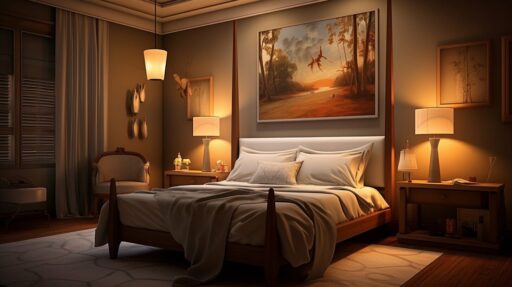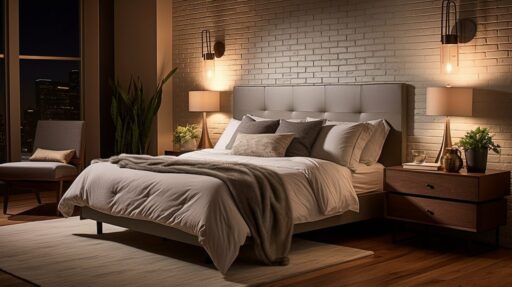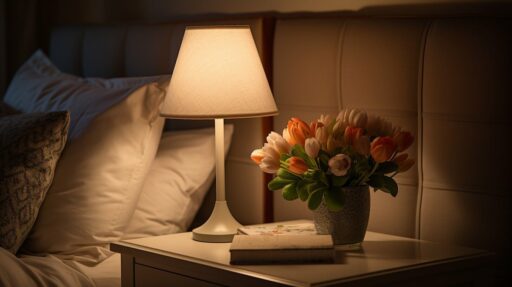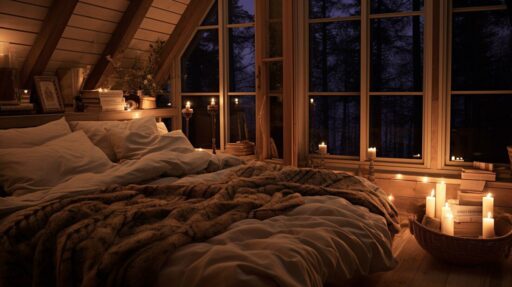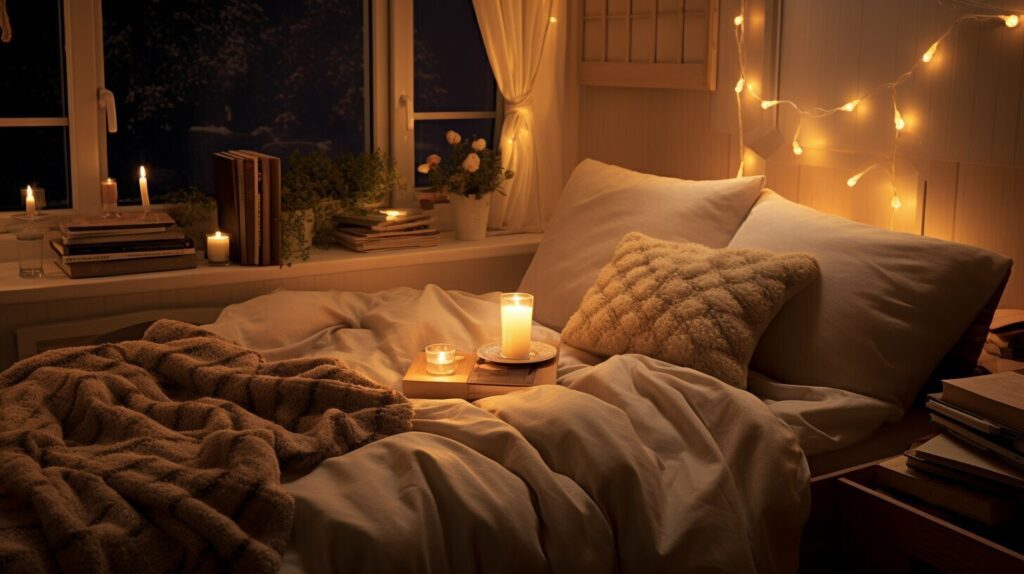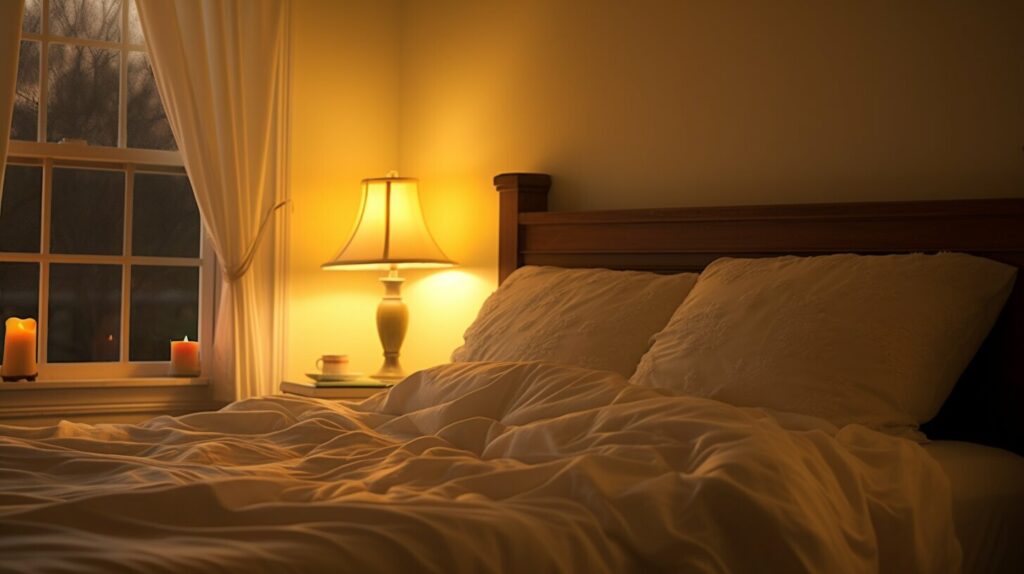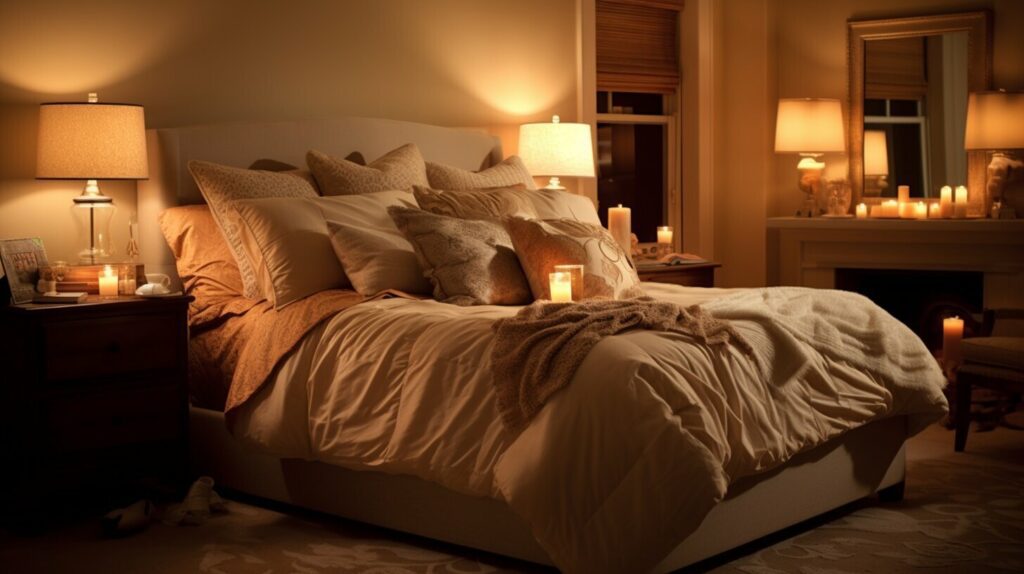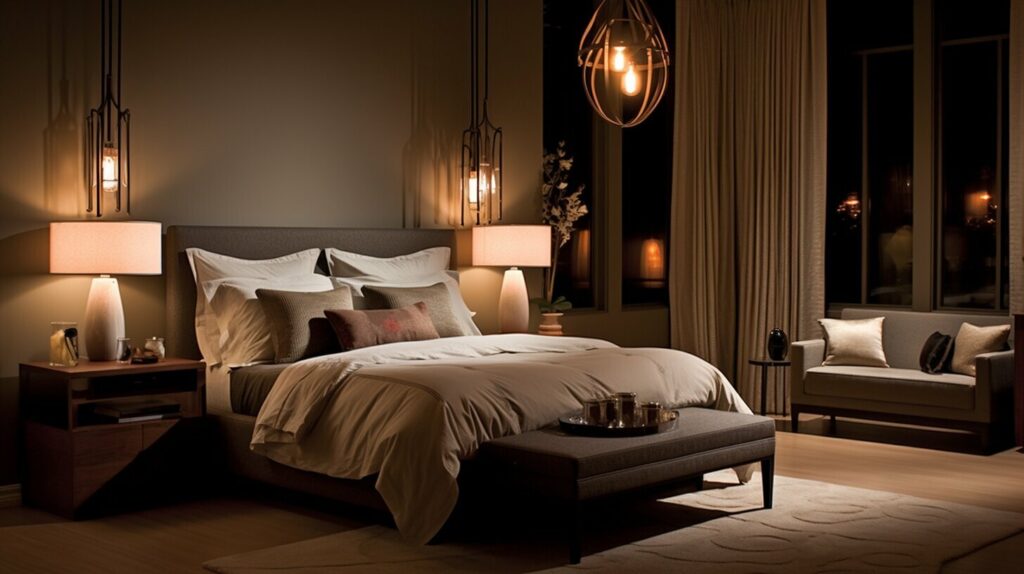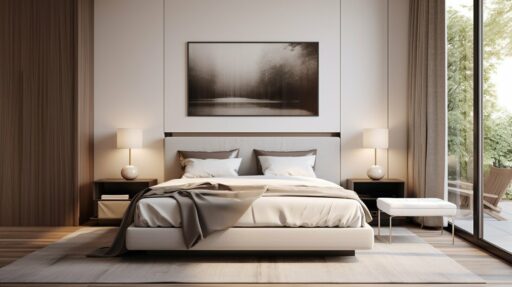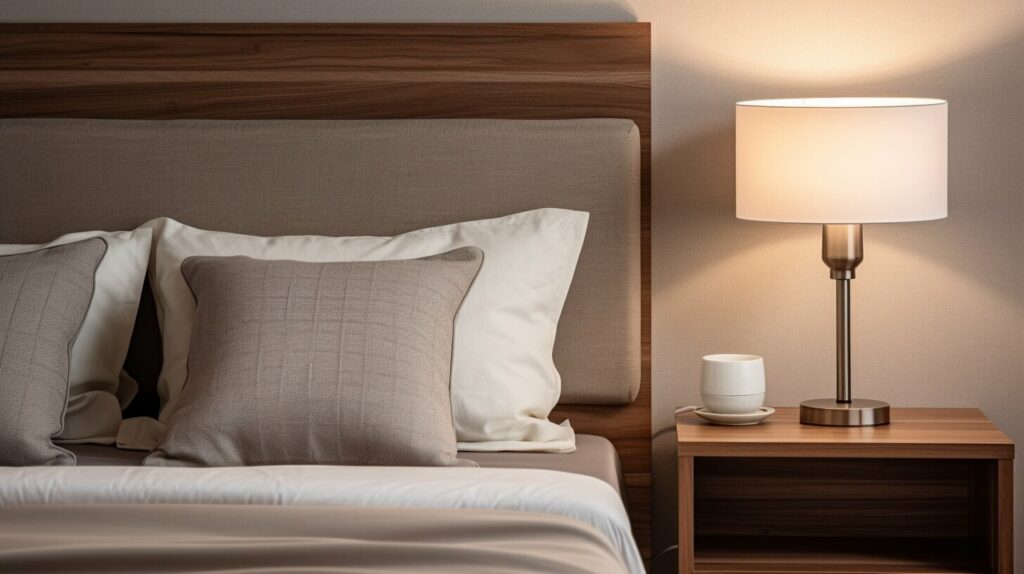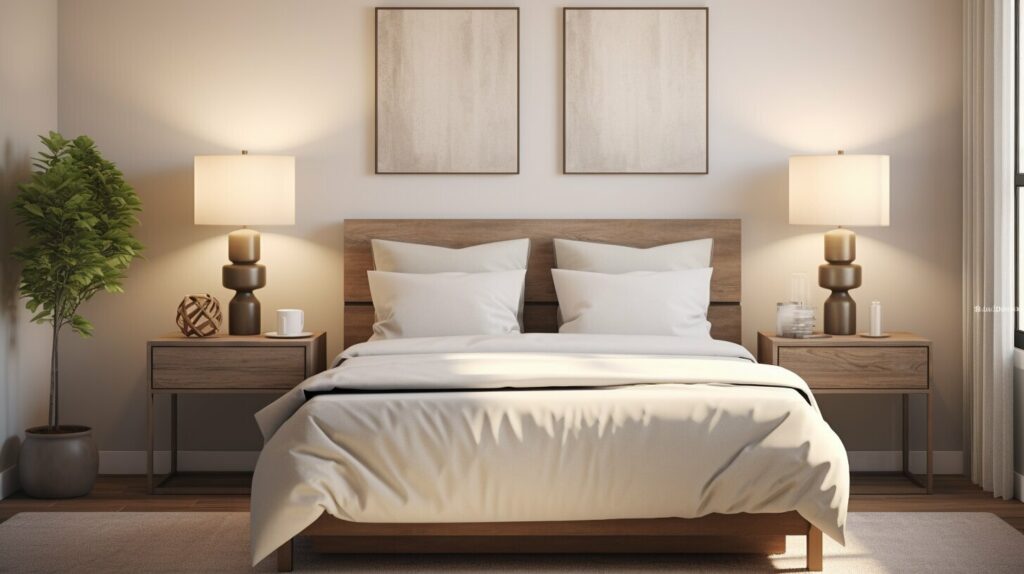Floor Lamps and Ceiling Fixtures: 7 Brilliant Bedroom Lighting Ideas
Highlight: The right floor lamps and ceiling fixtures can instantly upgrade your bedroom—offering both function and flair. Learn how to layer lighting for comfort, mood, and style.
Key Takeaways on Floor Lamps and Ceiling Fixtures
- Layer lighting with ambient, task, and accent sources for a cozy, functional bedroom.
- Floor lamps offer flexibility and focused lighting for reading and relaxing.
- Ceiling fixtures provide broad illumination—choose styles that match your room height and aesthetic.
- Use dimmers and soft bulbs to create a mood-boosting atmosphere.
- Combine modern or contemporary styles to reflect your personal vibe.
Looking to refresh your bedroom lighting? You’re in the right place! Choosing the right floor lamps and ceiling fixtures can instantly transform your bedroom from functional to fabulous. Think of lighting like layers in your favorite outfit—each piece serves a purpose, and together, they create something beautiful and cozy.
- Layering floor lamps and ceiling fixtures brings depth and warmth to your space.
- Understand the big three: ambient, task, and accent lighting.
- Mix different light sources for comfort and style.
- Use dimmers and placement to control mood and brightness.
- Your lighting choices should reflect how you use your room and your personal style.
Why Lighting Layers Matter
Imagine trying to read a book with just a ceiling light on. Harsh, right? Now imagine a comfy chair with a soft lamp casting a warm glow over your pages. That’s the magic of layering lights. Each type has a job, and together, they create a perfectly lit bedroom that’s both practical and welcoming. When I added a floor lamp to my reading corner, it quickly became my favorite cozy retreat in the whole house.
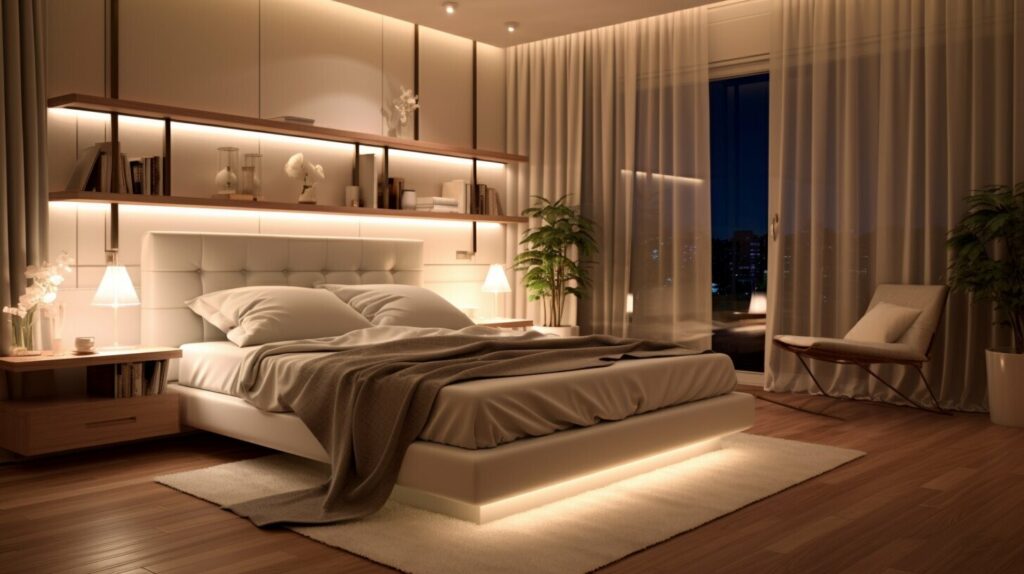
Meet the Three Main Types of Lighting
Ambient lighting is your room’s base layer. It’s what lets you see clearly when you walk in, usually provided by ceiling lights like flush mounts or recessed fixtures. Think of it as the sunlight pouring in during the day—essential, even if it’s not super exciting.
Task lighting zooms in—literally. Floor lamps or table lamps placed near a desk or reading nook help you focus, whether you’re flipping through a book or working late. I swapped a too-dim bedside lamp for an LED floor lamp with adjustable brightness, and suddenly, late-night reading didn’t strain my eyes anymore.
Accent lighting is the cherry on top. Maybe it’s a string of fairy lights, a lamp with a sculptural base, or LED strips under your bedframe. These little touches let your personality shine and highlight the features you love most in your room.
General Lighting That Works
Ceiling fixtures, from simple flush mounts to dramatic chandeliers, offer broad coverage. For modern minimalists, recessed lighting is a sleek go-to, giving off even light without taking up space. If your ceiling’s low, go for a semi-flush mount. If it’s high, try a pendant or chandelier to add visual interest.

Task Lighting with Style
When it’s time to read, journal, or tackle a project, nothing beats a good floor lamp. Look for adjustable arms, brightness settings, and LED bulbs for focused light that’s easy on the eyes. One friend of mine added a tripod lamp with a soft amber bulb next to her desk—and now even Zoom calls feel more relaxed and flattering.
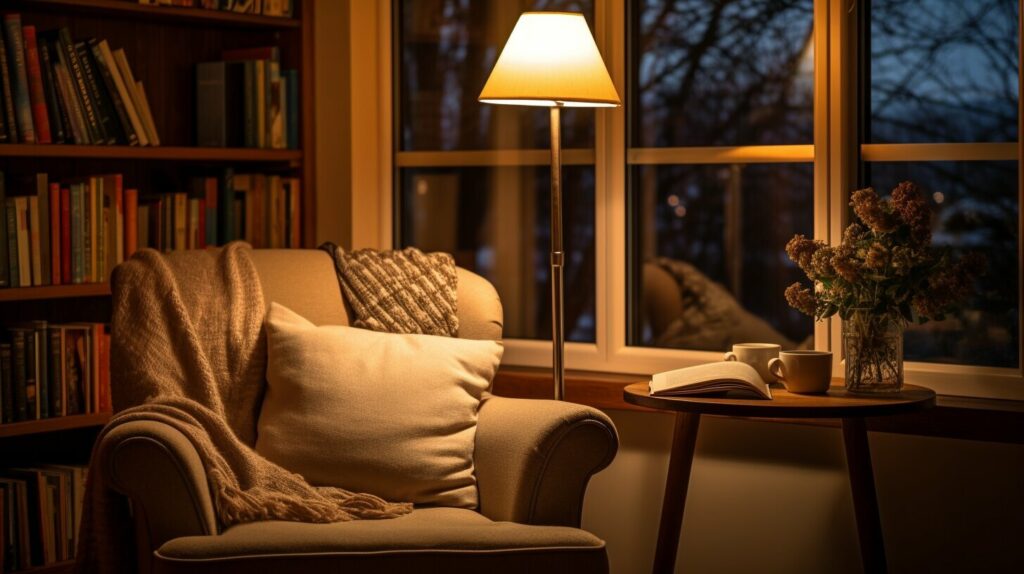
Add a Dash of Drama with Accent Lights
Accent lighting brings your space to life. Wall sconces with playful designs, fairy lights for that dreamy touch, or a striking lamp in the corner can totally transform a room’s vibe. Think of it like putting on your favorite accessory—it finishes the look and adds a splash of personality.
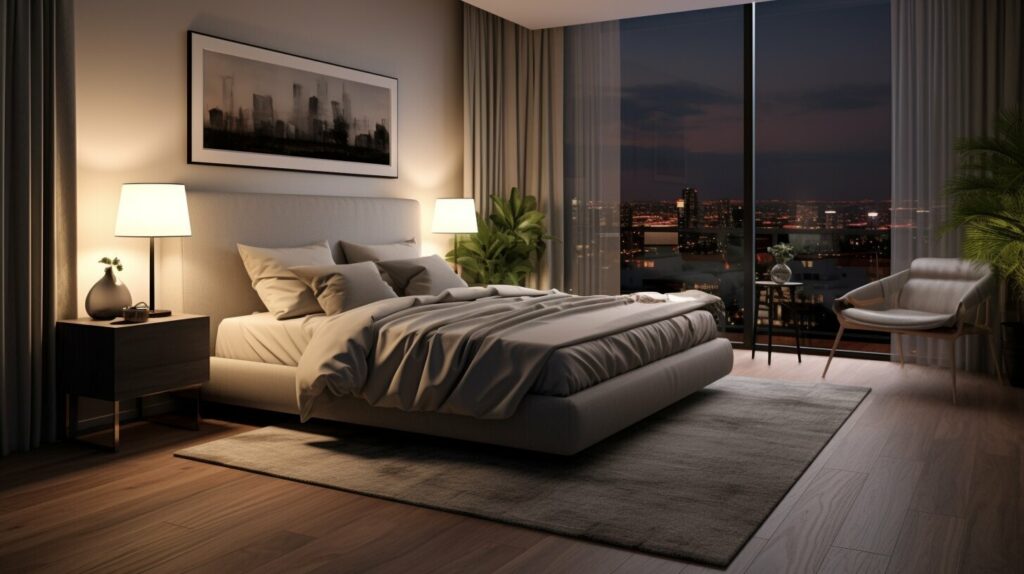
No Overhead Lighting? No Problem
Not every bedroom comes with built-in overhead lighting—and that’s okay! Try wall washer sconces that cast light up and out for a diffused effect. Plug-in pendant lights make a stylish statement, and battery-powered picture lights can spotlight your favorite art without any wiring hassle.
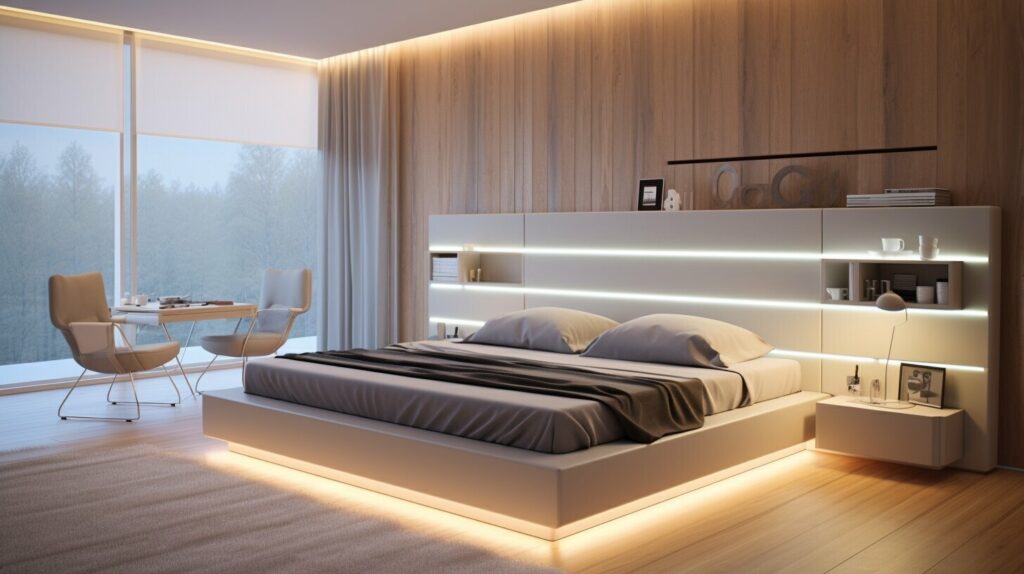
Modern vs. Contemporary Styles
Modern lighting means clean lines, minimal fuss, and sometimes smart tech (hello, remote-controlled dimmers!). Contemporary designs mix classic charm with new flair—like a timeless lamp shape in a trendy matte black finish. Modern designs trace back to mid-century minimalism, while contemporary styles evolve with today’s trends, often blending metals, wood, and bold statement pieces.

Choosing What’s Right for You
When shopping for floor lamps and ceiling fixtures, consider your bedroom size, ceiling height, and personal style. Need a lot of light? Go with multiple bulbs or high-lumen LEDs. Prefer cozy evenings? Try dimmers and soft white bulbs. I found that just switching to warmer light bulbs made my entire room feel more inviting.

Lighting Mistakes to Avoid
Even the best floor lamps and ceiling fixtures won’t shine if you make common mistakes. A few pitfalls to avoid:
- Relying on a single source: Using only a ceiling light makes rooms feel flat and harsh. Always layer.
- Ignoring bulb warmth: Bright white bulbs can feel sterile. Opt for warm light in bedrooms to keep things cozy.
- Bad placement: A floor lamp shoved into a corner won’t illuminate properly. Position lighting where you live and move.
- Skipping dimmers: Adjustable light levels make your bedroom far more versatile.
For more on designing a relaxing space, explore our guide on creating the ideal sleep environment.
Wrap-Up: Light It Your Way
Lighting does more than just brighten a space—it sets the mood and shows off your style. With the right mix of floor lamps and ceiling fixtures, you can turn your bedroom into a true sanctuary.
FAQ
- What is the best type of ceiling fixture for low ceilings?
- Semi-flush mounts work best in bedrooms with low ceilings as they offer good coverage without hanging too low.
- Can floor lamps replace overhead lighting?
- Yes, by using multiple floor lamps and task lights, you can create a well-lit space without relying on ceiling fixtures.
- How do I choose the right lighting style?
- Match lighting to your decor—modern for sleek lines and tech, contemporary for a blend of classic and trendy looks.
Final Thoughts
Floor lamps and ceiling fixtures make it easy to shape your bedroom into a cozy retreat. Explore more bedroom design tips and sleep-friendly lighting ideas at Cozy Bed Quarters.
Related reading from Cozy Bed Quarters
- Master the Feng Shui Principles for Bedroom Layout
- Feng Shui Bedroom Tips for Harmony and Better Sleep
- Creating the Ideal Sleep Environment

